The Jidai Matsuri Festival (Kyoto's Three Major Festivals)
Cultural TourismSustainability
Heian Jingu Shrine and the Jidai Matsuri Festival
Heian Shrine was built in 1895 to commemorate the 1,100th anniversary of the founding of the capital in Kyoto, which was called Heian-kyo. The shrine is the home of two important imperial deities; Emperor Kammu, the emperor who founded Kyoto, and Emperor Komei, the emperor who founded the base of modern Japan. Since it was founded over 100years ago, the shrine has been a well-known place for the local people. The main building of the shrine is a copy of an early Heian period palace where important national rituals were held. It is the only building in Kyoto that retains the appearance that defined the capital 1200 years ago.
The shrine holds two special festivals every year. The first one on April 15th is quite private and dedicated to the imperial deities of the shrine. The second festival, the Jidai Matsuri Festival (Festival of the Ages), held on October 22nd every year, is very public.
October 22nd was the day, over 1200 years ago, when Emperor Kammu decided to move the capital to Kyoto. From the beginning, the festival was designed as a pageant for the nation, a giant celebration of Kyoto's people, culture and crafts. It unfolds like a brilliant picture scroll that showcases Kyoto through the ages. All the costumes and accessories used in the festival are faithful reproductions of those used in anciet times. Today, the Jidai Matsuri Festival is one of Kyoto's biggest festivals, along with the Aoi Matsuri in spring, and the Gion Matsuri in summer.
Source: Jidai Matsuri Official Guidebook
Features of this Plan
The Jidai Matsuri as a symbol of Kyoto's development

The Jidai Matsuri Festival is organized by Heian-kosha, a group of Kyoto citizens who worship at the shrine. The festival has countless participants and requires great preparation and organization.
Procession route

The procession departs from the Kyoto Imperial Palace's Kenreimon Gate at noon, and parades along Kyoto's main roads, from Marutamachi-dori to Karasuma-dori to Oike-dori to Sanjo-dori, passing through Jingu-michi and finally arriving at Heian Shrine, taking approximately two and a half hours.
About the Jidai Matsuri Festival Procession

The parade procession represents the major historical eras from the Heian period (794-1185) to the early Meiji period (1868-1912). Today, there are 18 different groups involving about 2000 people in a dignified, richly costumed parade of historical figures. The procession begins with the latest period (the Meiji) and ends with the oldest era (i.e. in reverse historical order). The festival is symbolic of Kyoto, her people and the city's great history and culture.
Usage overview
- Available time

- Available area
Various plans are introduced on LINK KYOTO.
LINK KYOTO will continue to contribute to the preservation of culture and traditions.


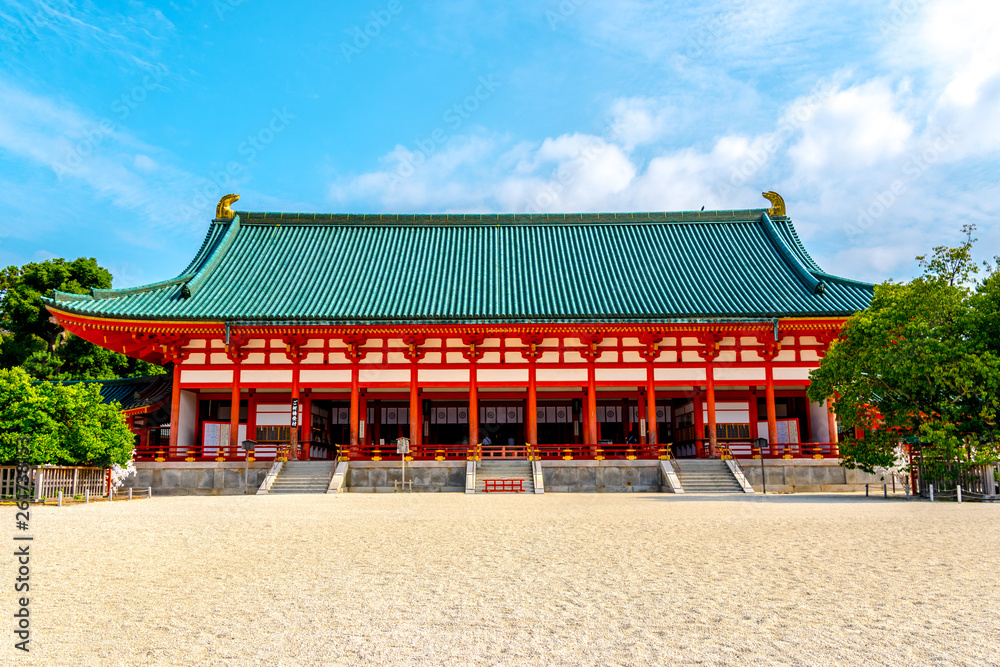
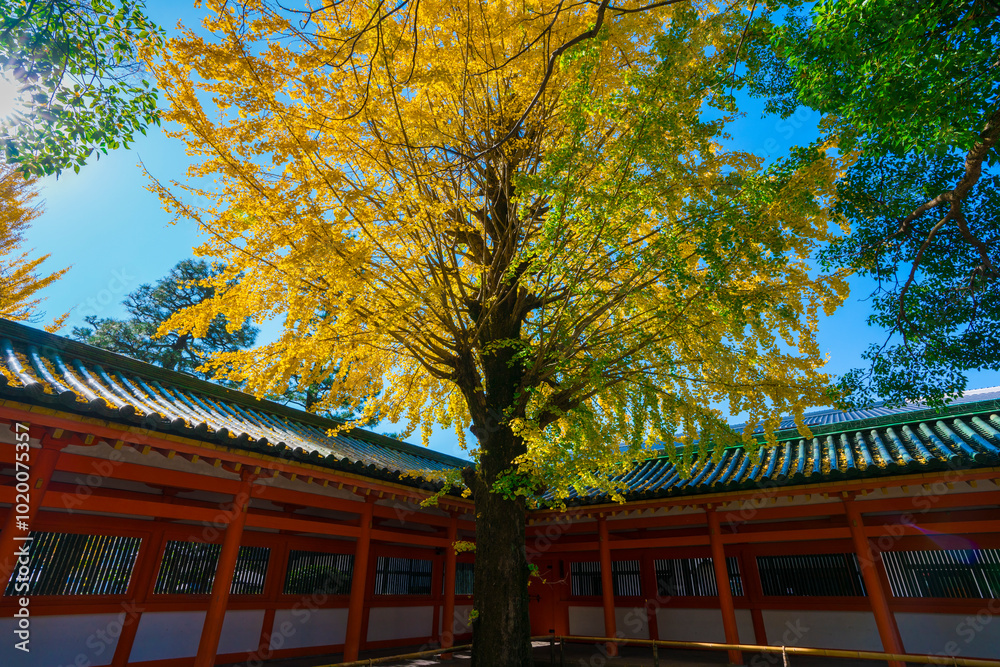
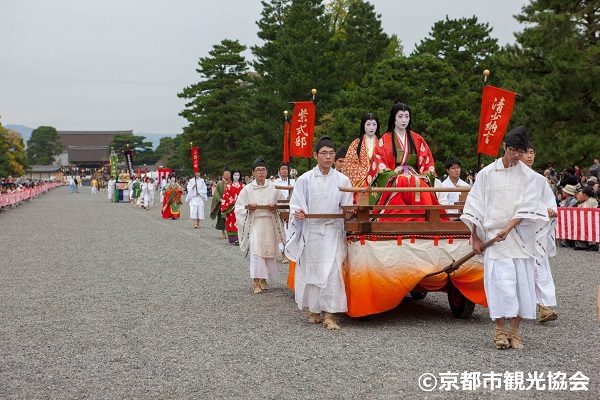
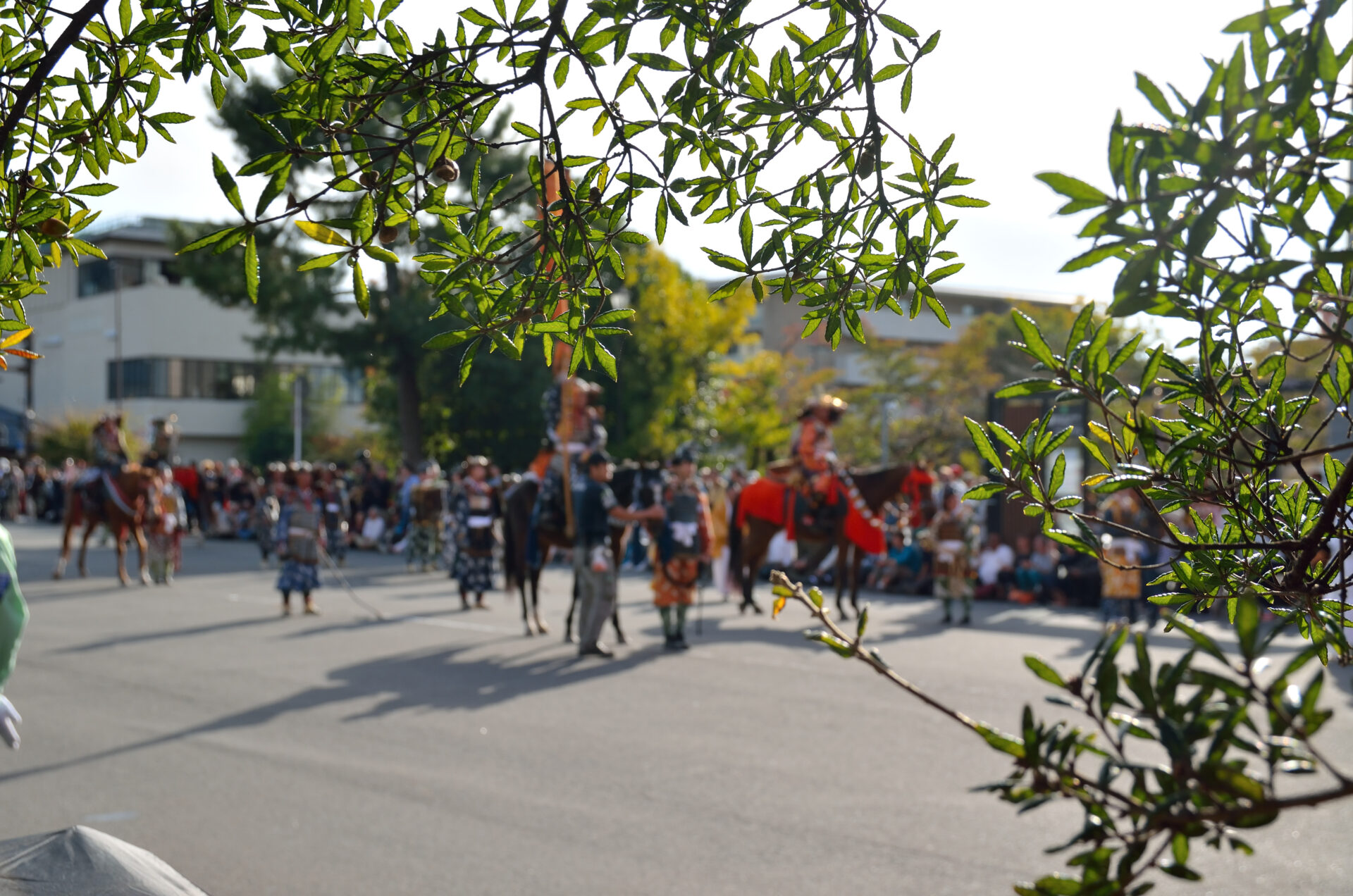
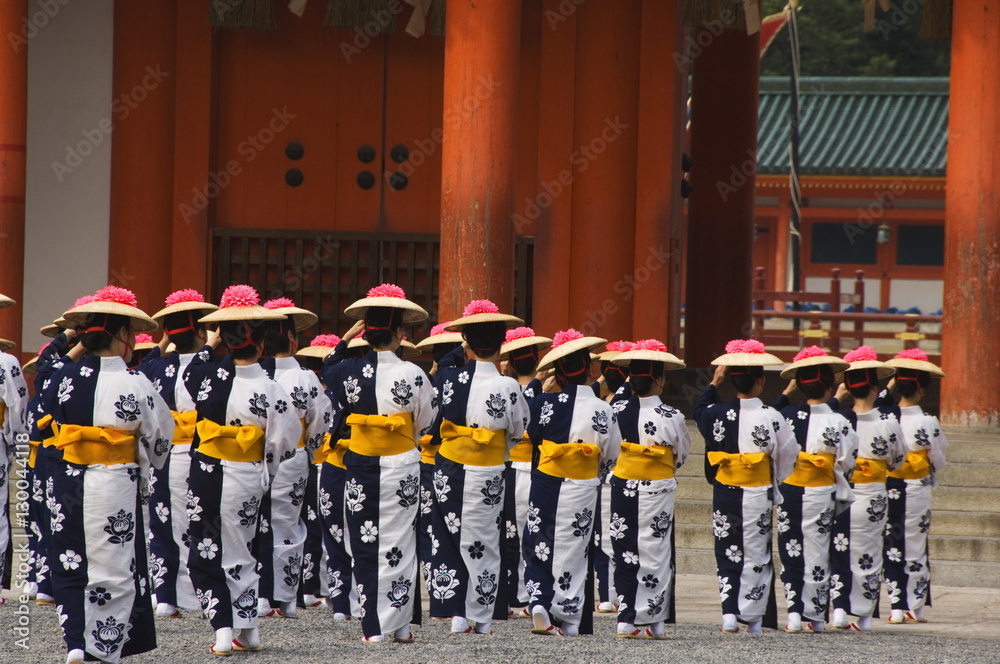
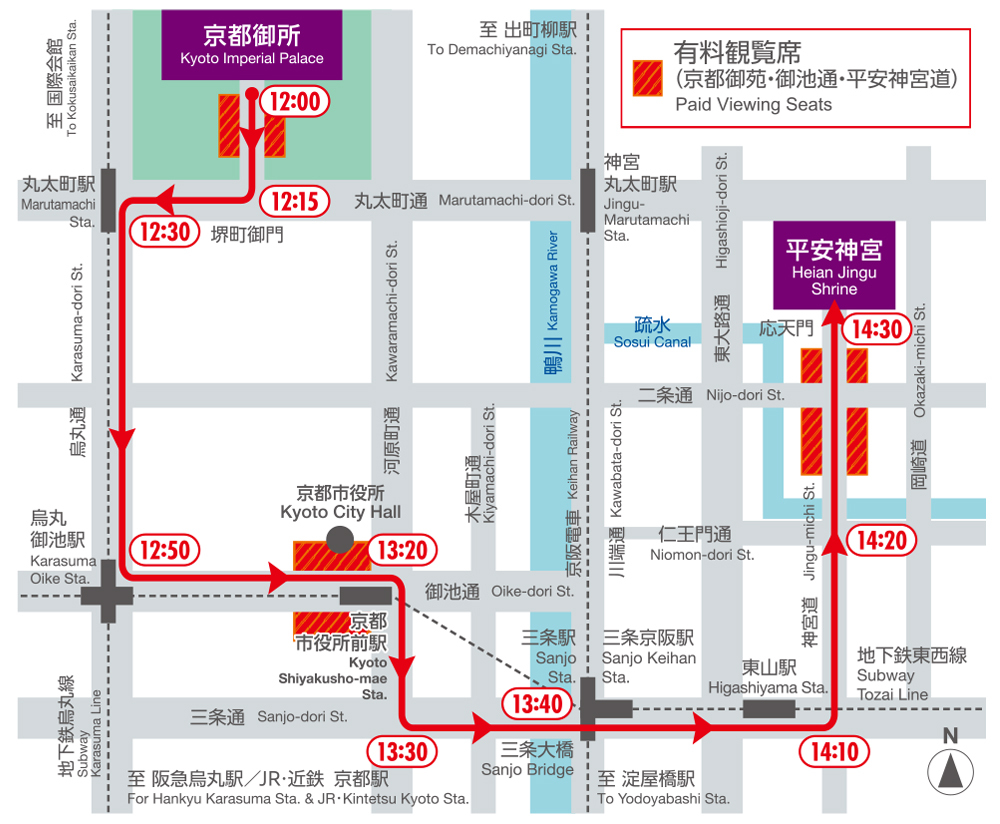
 Kyoto
experience
Kyoto
experience Contact us by phone
Contact us by phone Contact by email
Contact by email